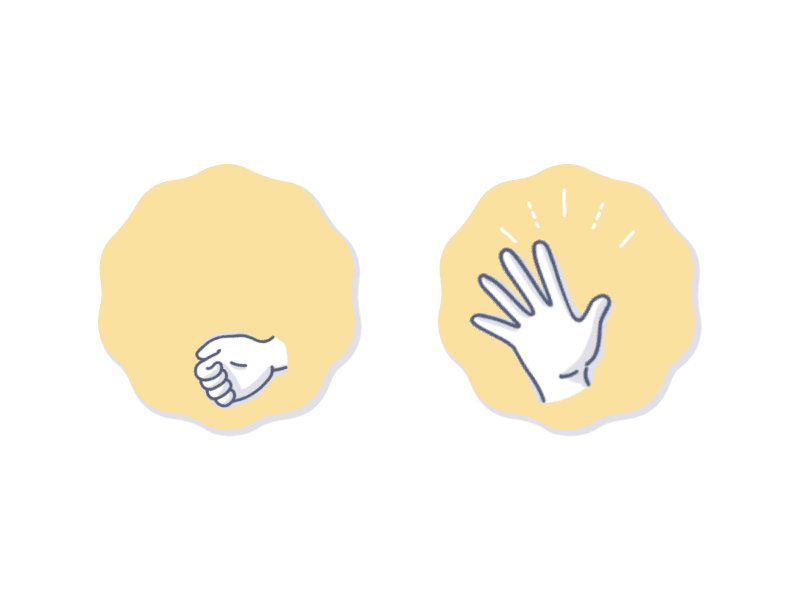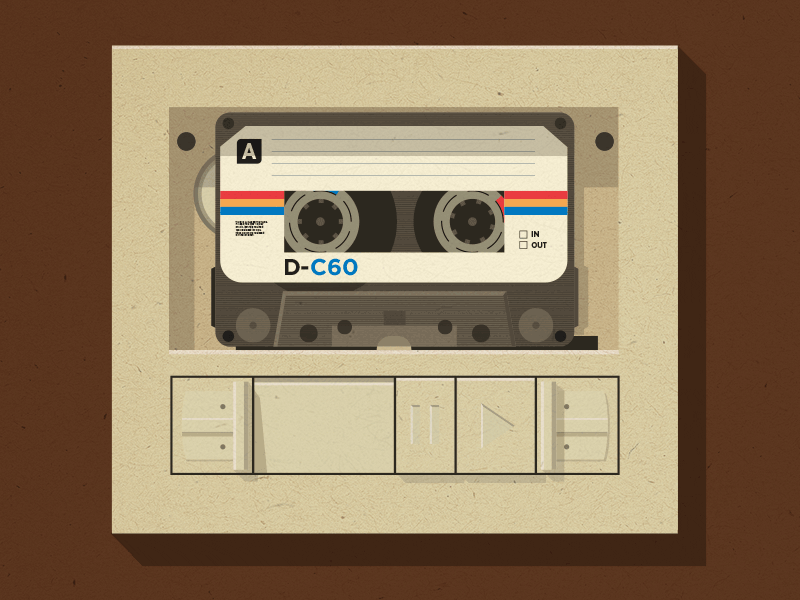Jan 1
Most people who use Spotify, extensively use the playlists curated by the application when picking their music.
Gone are the days when people carefully selected songs that they wanted to listen to and recorded them on a mixtape in a particular order. Not many people even take an effort to select songs and create a playlist out of them.
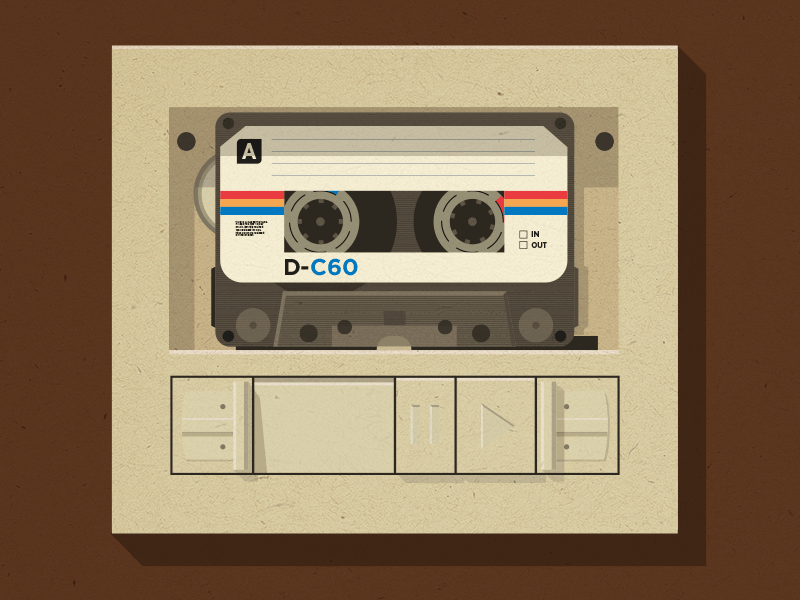
So why do users opt for pre-curated playlists?
1. Users don’t want to think –
In his book ‘Don’t Make Me Think’, Steve Krug explains how if a certain activity consumes a lot of the user’s time, or needs them to put in too much effort; they are more likely to stop using the product altogether.
Users around the world tend to pick and use a more ‘Lean-Back Experience’.
This means that users do not want to be bothered with continually browsing and selecting their experience. They’re more comfortable not being the ones in charge and having their decisions made for them instead.
Even when users begin to listen to music by picking a song that suits their mood, or to get rid of an ear-worm, they end up listening to the next songs by turning on the ‘auto-play’ feature and letting YouTube or Spotify pick their music for them.
While listening to music, users would rather SKIP, than PICK.
It’s easier for them to pick an album, or a playlist of an artist/genre and continue listening to it for a long duration, skipping when necessary.
2. Users trust machines better –
Users are comfortable sharing their private information such as their location, address, contact information, and even their fingerprints with websites that have questionable credibility. The reason why users continue giving out their information like it is free candy is because they like the perks that come with it. They trust that the next time they visit the application, it would help them save their time and effort by pre-filling it the necessary information.
Music streaming platforms such as Spotify and YouTube invest on creating algorithms that factor in various aspects such as genre, the audio and textual content in the music, and even the mood a particular song is best suited for.
Users trust these algorithms that employ machine learning to access their music history and to be able to provide the ideal recommendation based on time, mood and selected track. This is the reason that for the success of any streaming platform, algorithm accuracy becomes a huge factor.
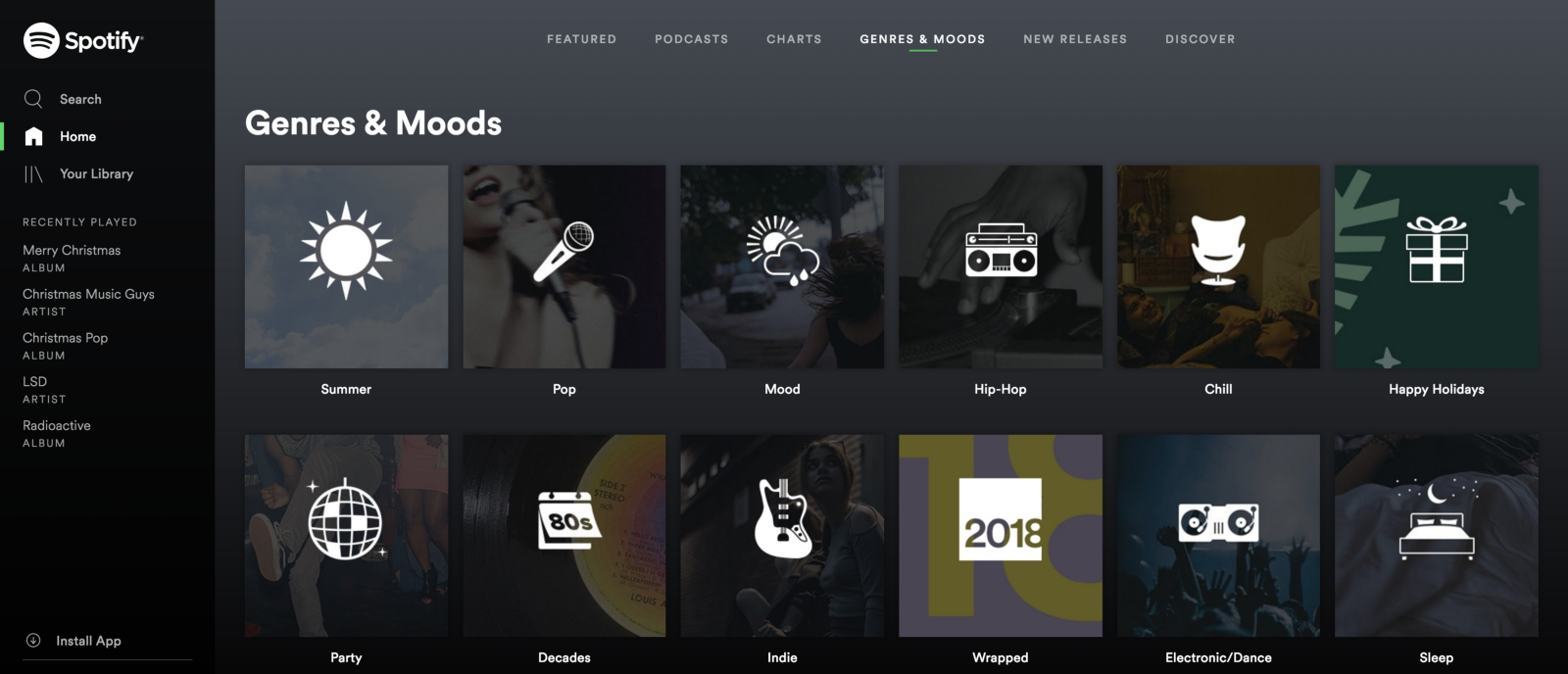
3. Users want more options –
“The more the merrier” is not just a phrase, it is a mentality. Even though excessive numbers of options might confuse them with their decision, users still want multiple choices at their disposal.
With multiple playlists categorised by top tracks, artists, genre, moods and ‘Recommended’ available to them; users feel more comfortable selecting one, and thus being more confident of their decision.
The more “mainstream” audience also relies on such curated playlists to discover new music and also be up-to date with popular content around the world.
These recommended playlists can also be credited with giving their stamp of approval to most music that goes on the get billions of views, thus becoming viral.
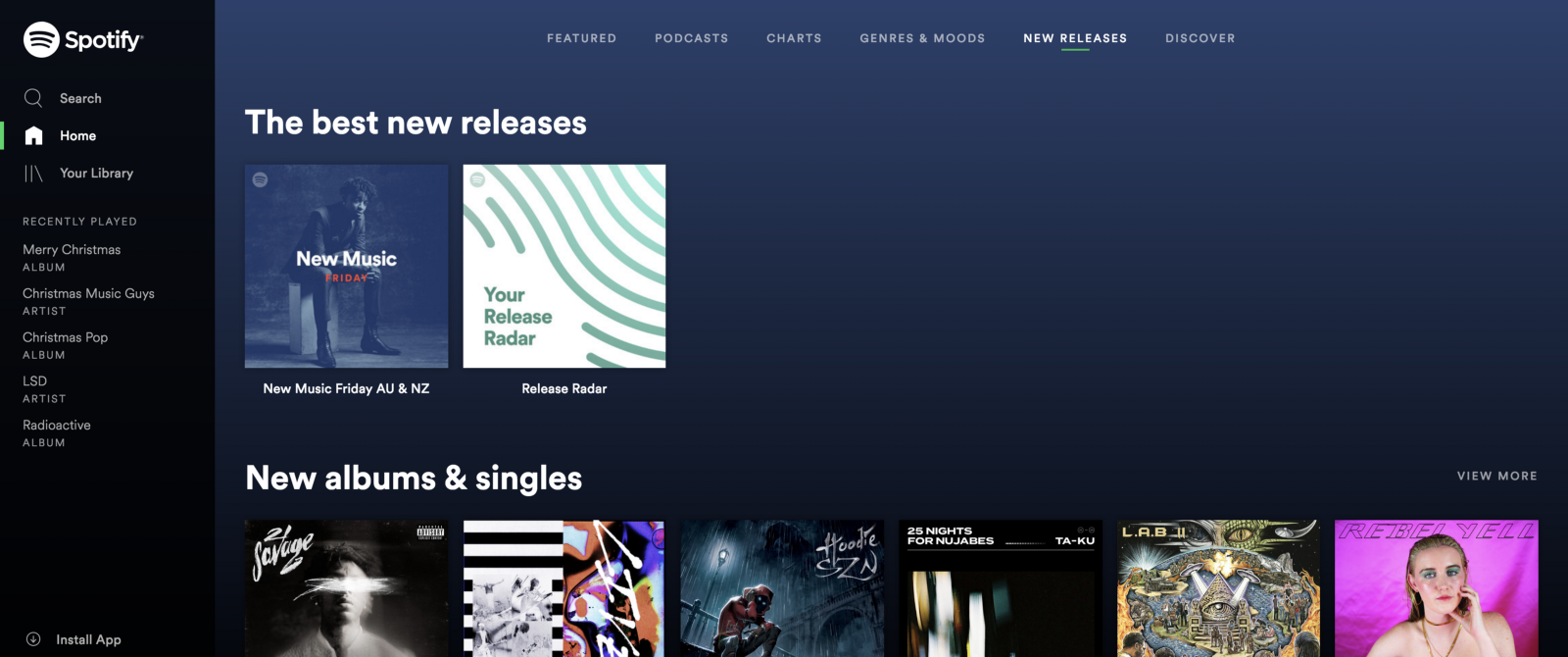
4. Compatibility –
In the world of Alexas and Google Homes, most people want to be able to shout out commands to their devices, expect them to understand those commands and carry out the actions seamlessly. While listening to music on such devices, no one wants to yell out “Okay Google, play Attention by Charlie Puth” over and over again. Playlists come in handy in these situations. One command to listen to a particular playlist and no more pick, just skip.
A large percentage of users who listen to music listen to it as background noise while working on a different task at hand.
This is why most people turn on auto-play or shuffle a playlist while performing activities like exercising, working, travelling etc. In situations like these, users don’t want to put in too much effort into picking their music, which is when playlists come into play perfectly.
What can we do as designers?
1. Categorize
While streaming platforms work towards creating new playlists every day, it is important for the user to have access to all the ones that are relevant to them and the ones they are more likely to pick.
Orderly categorization of playlists on music/video platforms is as important categorization on e-commerce websites. If categorized well, users would be able to locate and play the music they’d like to, thus improving the experience drastically.
2. Personalize
A great way of establishing trust between the user and the application is by personalising the user’s experience. Gaining the listener’s trust is essential so that even when the algorithm fails to predict music that the user would want to listen to, they’d be more forgiving and decide to adjust the settings, thus providing data for the machine to learn.
‘Recommended for you’ and ‘Based on your music history’ are two very good examples of personalised playlists. They make the user feel heard and important, thus enticing them to continue using the application.
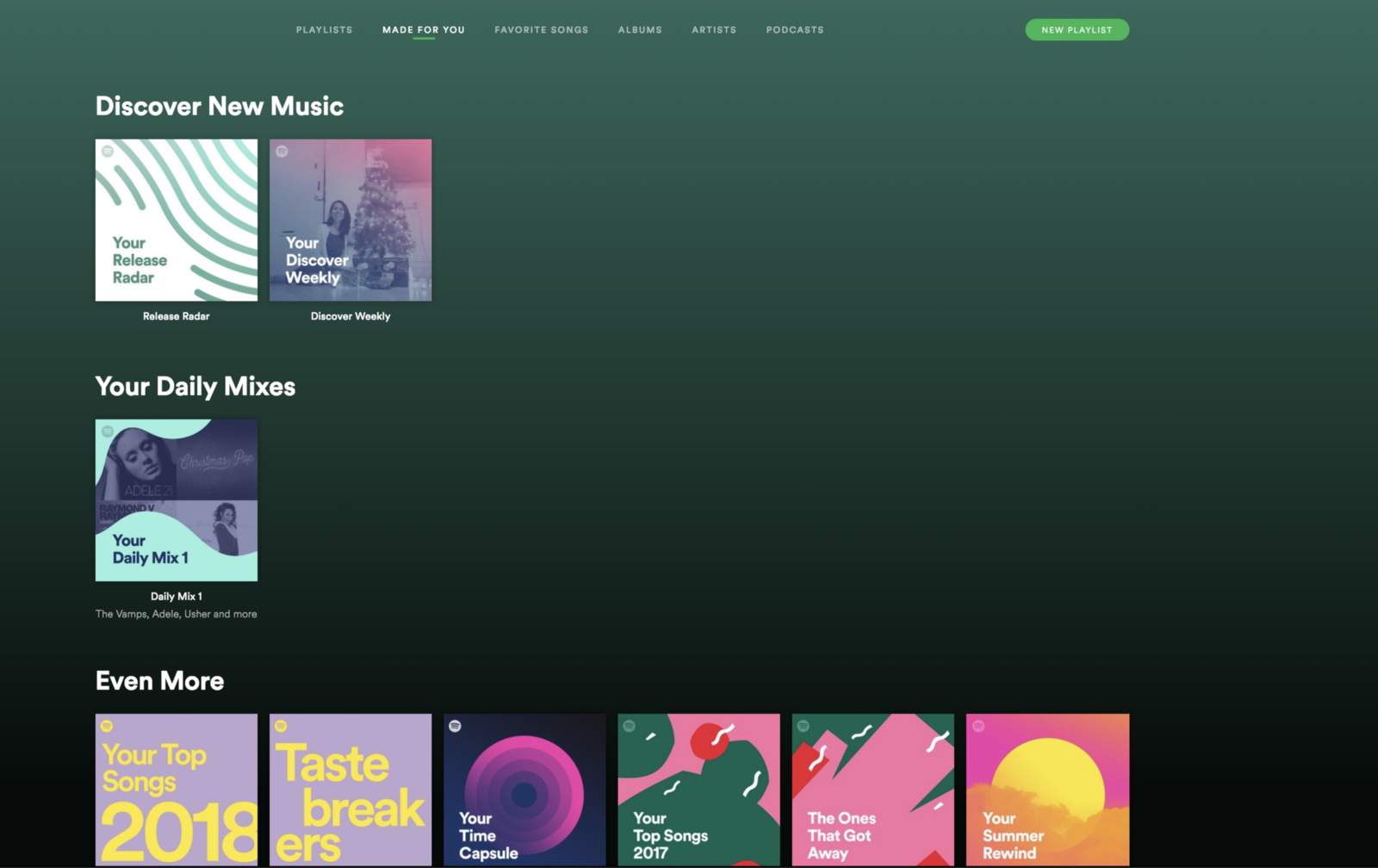
3. Gather feedback
The complete concept of playlists and personalization is based on data. The data the application receives helps it correct its algorithm and continue to provide apt suggestions.
Apart from mapping usage patterns, another method of collecting data would be to pro-actively ask for feedback.
YouTube gathers feedback from their users very efficiently. When removing a recommended topic from the landing page, they inform the user that this action would be tuned in to their recommendations. Not only does this make the user feel heard, it also encourages them to continue removing topic that aren’t relevant to them, thus improving YouTube’s algorithm.
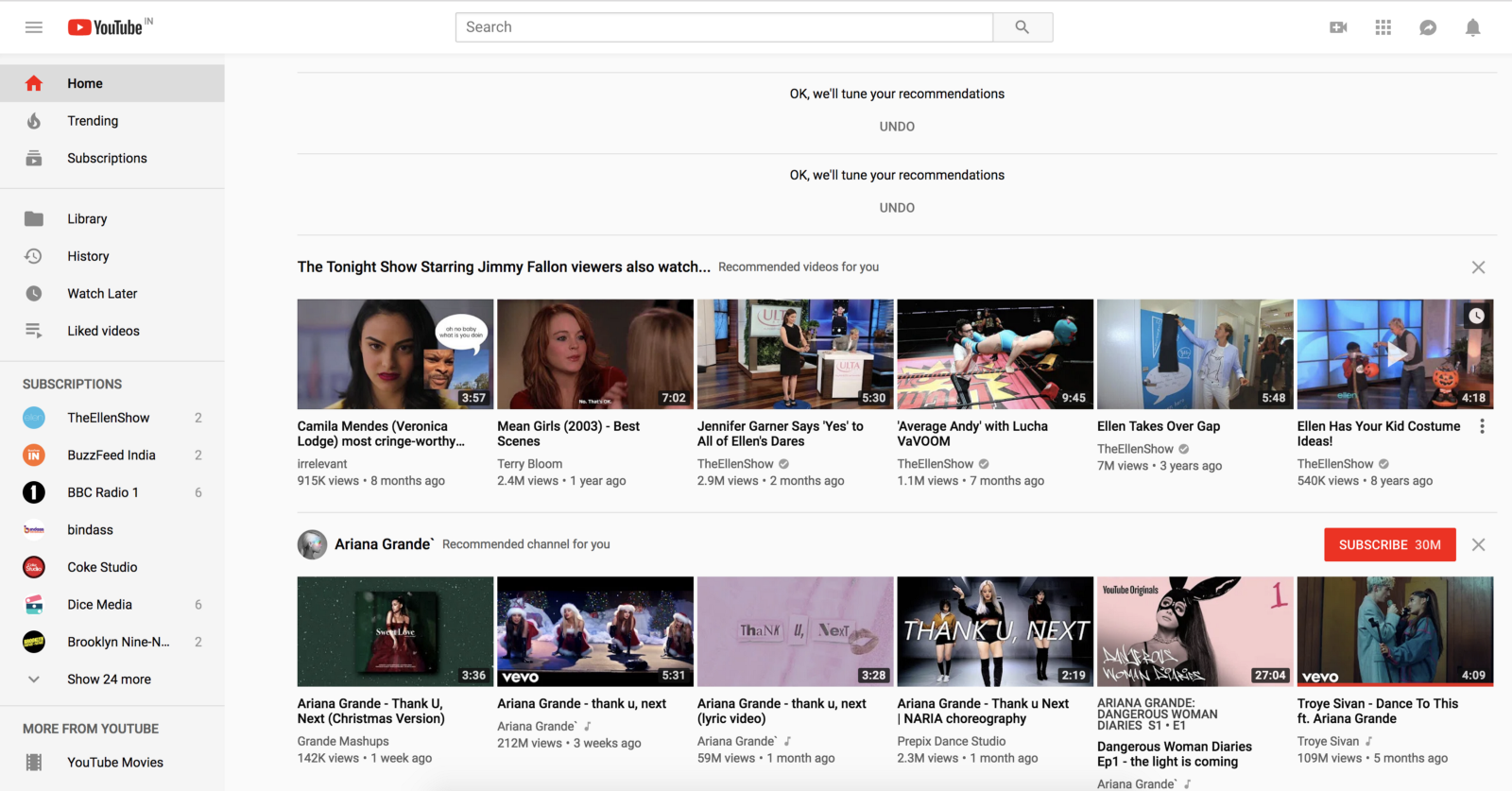
Conclusion –
When designing for a music or video streaming application, always remember to create a ‘Lean-Back Experience’; and always remember the ‘SKIP, rather than PICK’ rule
